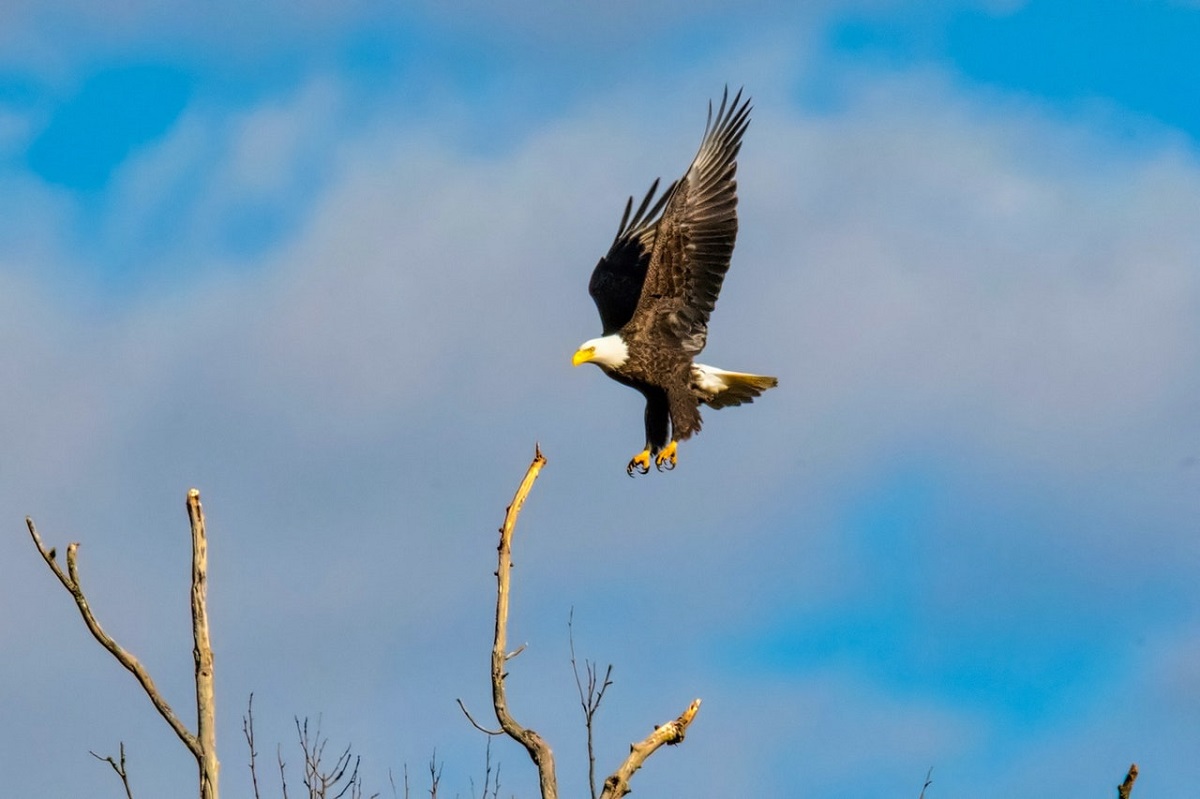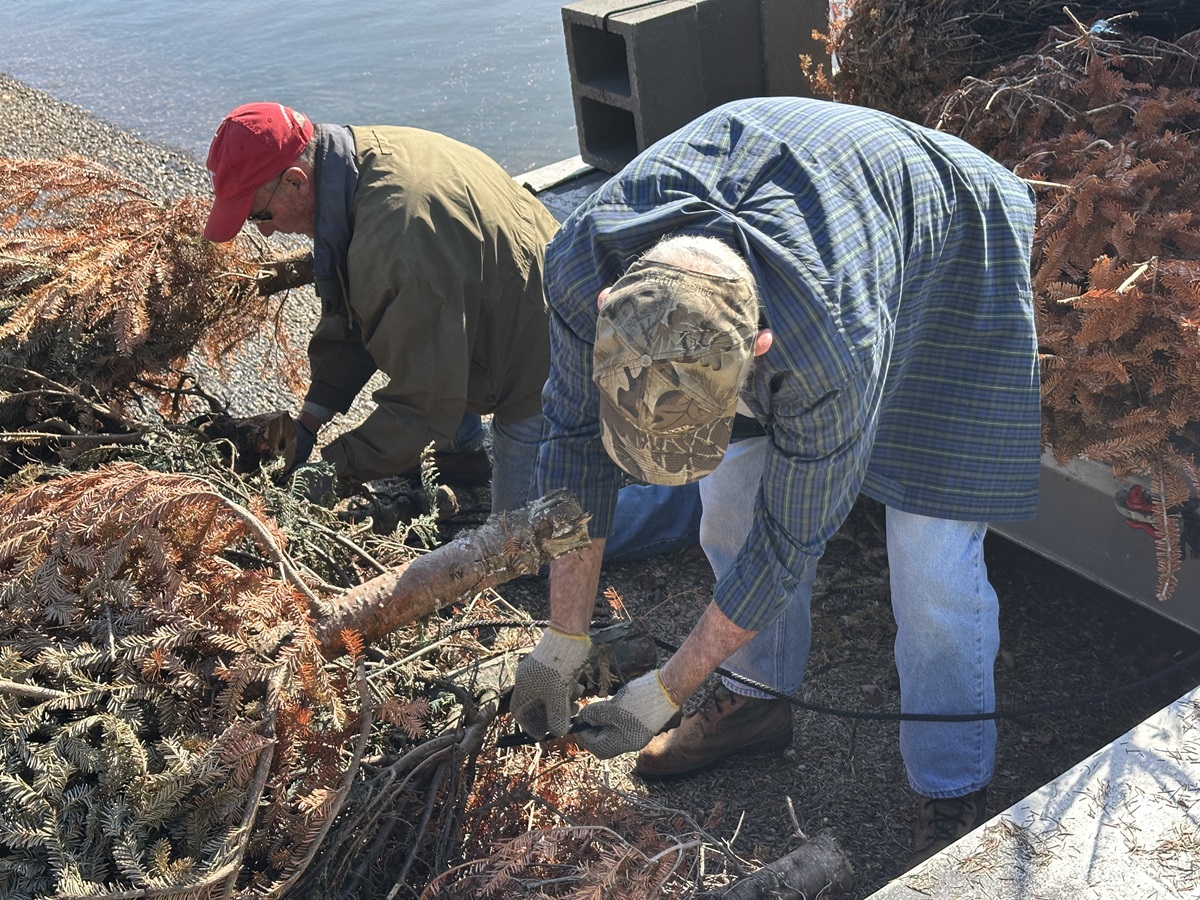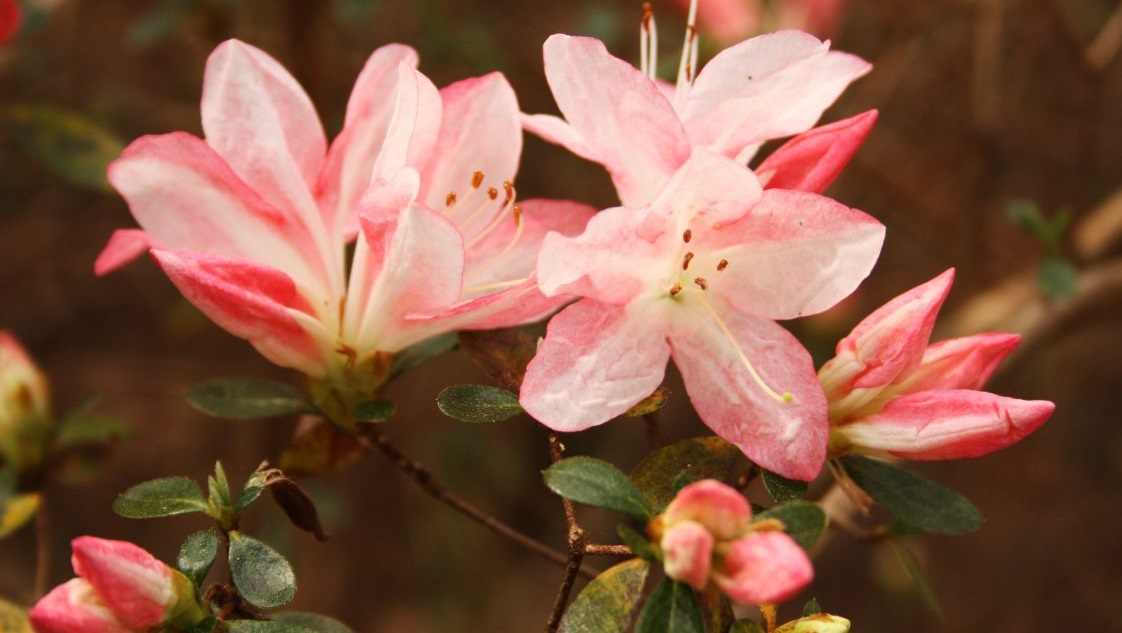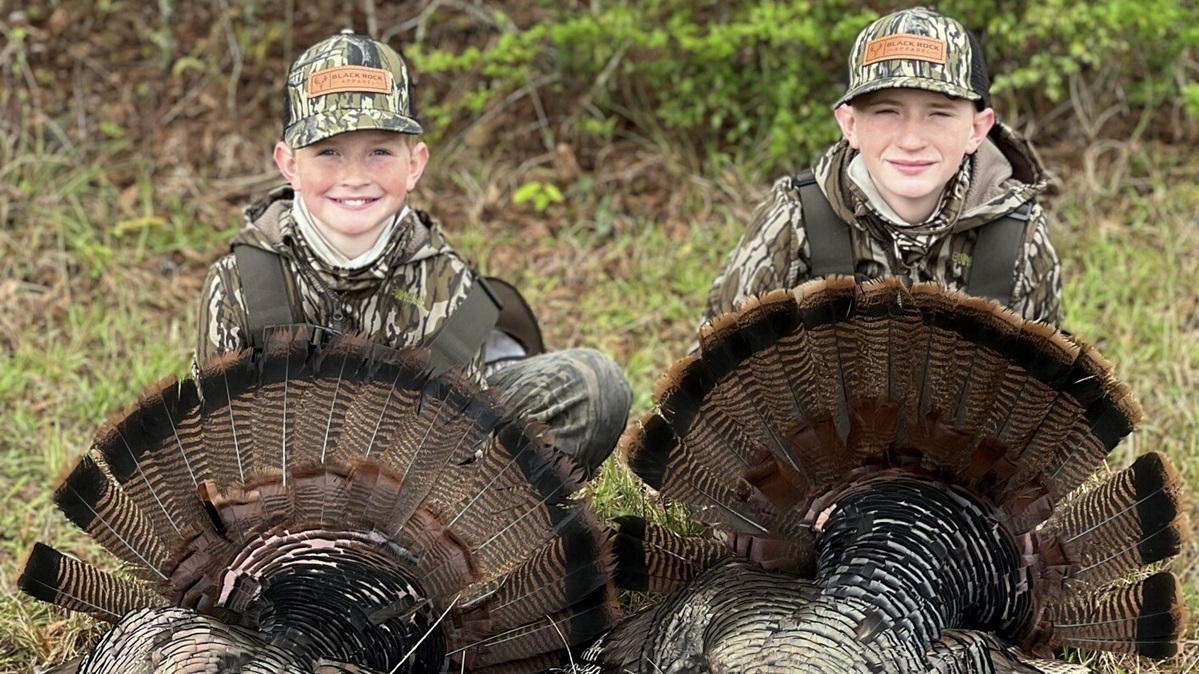In the University of Alabama’s Birds and Birding course, the classroom is the great outdoors

The Birds and Birding class learns birdwatching on the Black Warrior River and at other spots around Tuscaloosa. (contributed)
With the pandemic well into its second year, many people are seeking escape from their electronic devices and finding time to enjoy nature.
One of the easiest ways to enjoy the great outdoors and pick up a new hobby while doing so is birdwatching.
Dr. Michael Steinberg, a professor in New College and geography within the University of Alabama College of Arts and Sciences, said Alabama is one of the most biodiverse states in the nation and boasts more than 449 species of birds.
Taking advantage of the plethora of avians in the Yellowhammer State, Steinberg created a 400-level New College course, Birds and Birding, that he has taught once every other year for the past decade.
The four-credit-hour course introduces students to birdwatching — also called birding — and focuses on field identification methods, taxonomy and bird ecology, which is using birds as an indicator species for environmental conditions and changes.

Spotting an American bald eagle in the wild is the highlight for many students in the Birds and Birding course. (contributed)
“I think the class is good for students because it gets them outside to interact with nature and off their phones,” Steinberg said. “Phones are prohibited in my classes. It also teaches them lifelong skills. They can do birding all their lives.”
Steinberg said the class goes outdoors about once a week for lectures and fieldwork, weather permitting. Students learn and practice birding on campus as well as at the Tuscaloosa River Walk, UA Arboretum and numerous parks throughout the city.
“I try to get students to learn how to view things in nature,” he said. “You see a little shape, a little movement and learn what to specifically look for with birds, such as prominent colors, bill shape and flight patterns.
“If you focus on those, you’ll have a pretty good chance of identifying a bird even if you’ve never seen that species before. It’s not as complicated as students think it’s going to be when they enter the class.”
Steinberg said students get most excited about seeing the American bald eagle, which is found throughout the state, especially along rivers like the Black Warrior.
Because birds are high up on the food chain, paying attention to their health is a good way of detecting issues in the environment that may also have an impact on humans, Steinberg said.
“It’s the whole canary in the coal mine,” he said. “When we see die-offs in birds, it’s indicative of something serious going on that can eventually affect humans. When we see things with birds, one should be concerned that people are being similarly exposed to something.”
This story originally appeared on the University of Alabama’s website.





